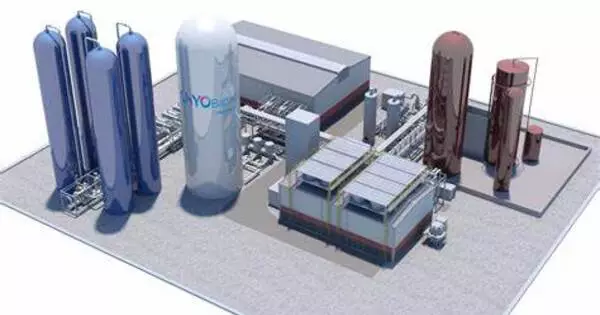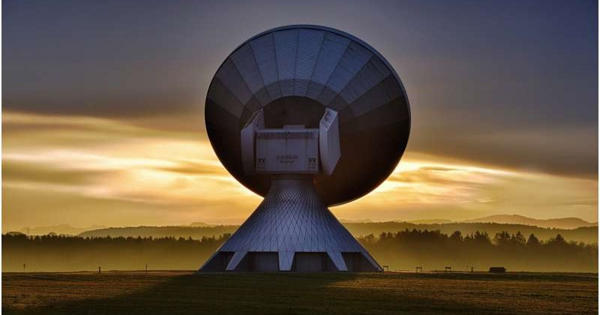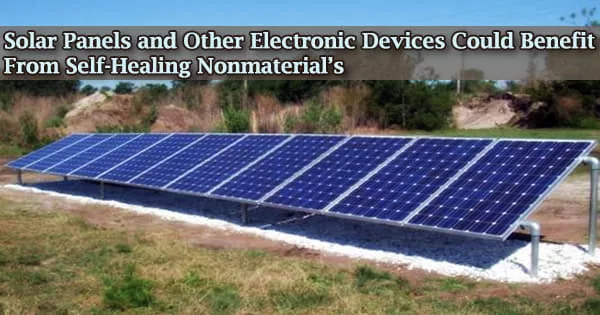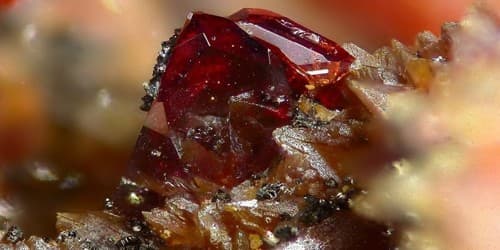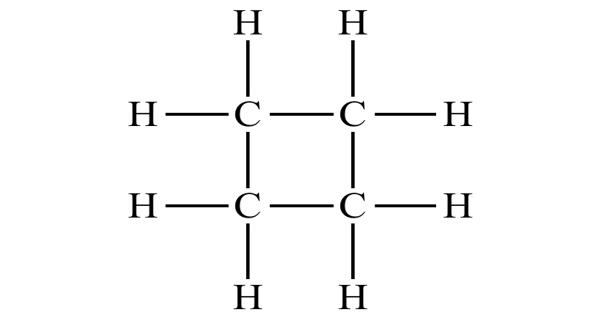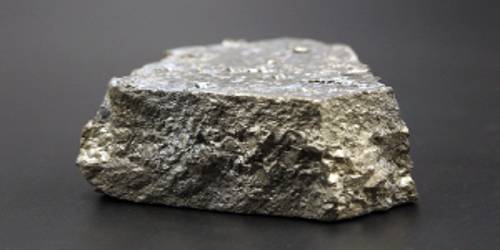Cryogenic energy storage (CES) is the use of low-temperature (cryogenic) liquids such as liquid air or liquid nitrogen to store energy. It is a type of energy storage that uses extremely low temperatures to store and release energy.
The technology is primarily used for large-scale energy storage. Following grid-scale demonstrator plants, a 250 MWh commercial plant is now under construction in the UK, and a 400 MWh store is planned in the United States. It is based primarily on liquefied natural gas (LNG) technology and involves cooling air or other gases to extremely low temperatures, typically below -150 degrees Celsius (-238 degrees Fahrenheit), where they become liquids. This liquid is stored until needed, at which point it can be rapidly vaporized to generate electricity.
There are two main types of cryogenic energy storage systems: cryogenic liquid energy storage and cryogenic compressed air energy storage.
Process
When electricity is cheaper (usually at night), it is used to cool air from the atmosphere to -195 °C using the Claude Cycle until it liquefies. The liquid air, which takes up one-thousandth of the volume of the gas, can be kept at atmospheric pressure for a long time in a large vacuum flask. When there is a high demand for electricity, liquid air is pumped at high pressure into a heat exchanger, which serves as a boiler. To heat the liquid and turn it back into a gas, either ambient air or hot water from an industrial heat source is used. The massive increase in volume and pressure from this is used to drive a turbine to generate electricity.
Efficiency
When used with a low-grade cold store, such as a large gravel bed, to capture the cold generated by evaporating the cryogen, the process efficiency increases to around 50%. During the next refrigeration cycle, the cold is reused.
When used in conjunction with a power plant or other source of low-grade heat that would otherwise be lost to the atmosphere, efficiency is increased even further. By using an otherwise waste heat source at 115 °C, Highview Power claims an AC to AC round-trip efficiency of 70%. The IMechE (Institution of Mechanical Engineers) agrees that these commercial-scale plant estimates are reasonable. However, independent professional institutions did not check or confirm this figure.
Advantages
Cryogenic systems can store large amounts of energy in a small amount of space. These systems are suitable for grid stabilization because they can respond quickly to changes in electricity demand. During operation, these systems emit no greenhouse gases. It has the capability of long-term energy storage, which is critical for managing intermittent renewable energy sources.
The system is based on proven technology, is used safely in many industrial processes, and does not require the production of any particularly rare or expensive components. According to Dr Tim Fox, the IMechE’s head of Energy, “it uses standard industrial components – which reduces commercial risk; it will last for decades; and it can be fixed with a spanner.”
Challenges and Limitations
- Energy losses: Cryogenic systems have energy losses during the cooling and reheating processes, which can affect overall efficiency.
- Infrastructure requirements: The need for specialized storage tanks and refrigeration equipment can make cryogenic energy storage expensive to implement.
- Location-dependent: Cryogenic CAES requires suitable geological formations for underground storage, limiting its applicability to certain regions.
- Energy source dependency: Cryogenic energy storage relies on electricity to cool the storage medium, which means it’s only as clean as the electricity used for cooling.
